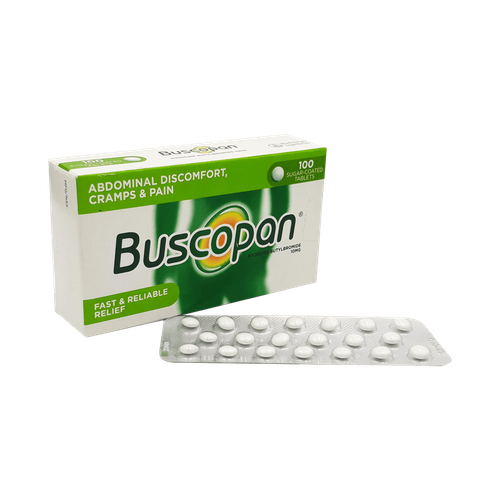This is an automatically translated article.
Muscle spasm in the calf is a strong painful muscle spasm, in some cases requiring the use of muscle relaxants. However, the name muscle relaxant is somewhat misleading because this class of drugs does not act directly on muscles. Instead, most muscle relaxants act on the central nervous system, including the brain and spinal cord. Therefore, the most common side effect of muscle relaxants is drowsiness or sedation. Here are some notes when using leg muscle relaxants.
1. What is a muscle relaxant?
Skeletal muscle relaxants are drugs used to relax and relieve muscle tension. They are more simply called muscle relaxants. Some drugs work in the brain or spinal cord to block or relieve overstimulated nerve pathways. These are called centrally acting muscle relaxants and examples include baclofen, methocarbamol, and tizanidine.
Others act directly on muscle fibers and are classified as peripherally acting muscle relaxants. Examples include: dantrolene and various botulinum toxins. Although dantrolene acts directly on the muscles, it also acts indirectly on the central nervous system and can cause drowsiness. Clostridium botulinum bacteria produce enzymes called botulinum neurotoxins. The word Botulinum is a shortened version of this enzyme: Bo from botulinum and tox from neurotoxin. Botulinum enzymes attach to nerve endings, preventing the release of chemical messengers that help muscles move. This temporarily paralyzes the injected muscle, helping to prevent muscle spasms. Temporary paralysis can disrupt the neurotransmitters that send messages about pain. Therefore, Botulinum can not only prevent muscle spasms that cause further pain, but also have the ability to relieve pain caused by previous leg spasms. It usually takes two to four weeks for Botulinum injections to take full effect. Research on the use of Botulinum to treat painful leg spasms is limited. However, findings have shown that it can actually reduce pain. The effects of Botulinum are not permanent, you can get injections every three months. Because it treats the symptoms rather than the cause of the pain, many doctors also recommend some form of physical therapy along with Botulinum injections.
Cannabis extract also has muscle-relaxing properties and is believed to have both central and peripheral effects.
2. Indications for muscle relaxants
Skeletal muscle relaxants are mainly used to treat:
Spasticity, which is another term for stiff and stiff muscles caused by conditions such as cerebral palsy, multiple sclerosis, or stroke. temporary muscle spasms that often accompany conditions such as tension headaches, low back pain, or fibromyalgia Cervical dystonia - a painful condition in which the neck muscles contract involuntarily idea.

Thuốc giãn cơ bắp chân cần được dùng theo đơn của bác sĩ
3. Note when using leg muscle relaxants
Evidence supporting the effectiveness of skeletal muscle relaxants for muscle spasms is scant; most of the tests are old and not of good quality. Skeletal muscle relaxers include many different types of medications, and some may not be suitable for people with certain medical conditions, such as an enlarged prostate, epilepsy, glaucoma, intestinal problems, or disease. liver or kidney disease or myasthenia gravis. Many also interact with other drugs.
Some, such as dantrolene, can adversely affect the liver and a blood sample should be taken before treatment to check for pre-existing liver disease or to determine how well the liver is working prior to treatment and effects. subsequent use of the drug.
Muscle relaxants can affect overall muscle tone and can be dangerous if increased muscle tone is needed for balance or safe movement. Many muscle relaxants need to be tapered slowly, rather than stopped suddenly.
4. Undesirable effects of muscle relaxants
Drowsiness is a common side effect, especially with centrally acting muscle relaxants. However, drowsiness can also occur with some peripherally acting muscle relaxants, such as dantrolene. This can reduce a person's ability to drive, operate machinery or perform hazardous tasks.
Some types can also cause side effects such as dry mouth, heart palpitations, gastrointestinal disturbances (such as nausea, vomiting, constipation), headache, insomnia, dizziness, urination and other effects. other unwanted use.
Products containing botulinum toxin can cause systemic muscle weakness, vision changes, breathing difficulties, and other serious side effects if the poison spreads from the injection site.
Follow Vinmec International General Hospital website to get more health, nutrition and beauty information to protect the health of yourself and your loved ones in your family.
Please dial HOTLINE for more information or register for an appointment HERE. Download MyVinmec app to make appointments faster and to manage your bookings easily.













